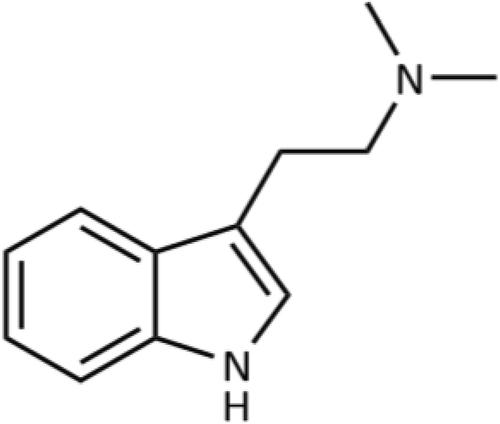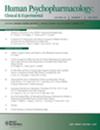N,N-dimethyltryptamine and Amazonian ayahuasca plant medicine
Abstract
Objective
Reports have indicated possible uses of ayahuasca for the treatment of conditions including depression, addictions, post-traumatic stress disorder, anxiety and specific psychoneuroendocrine immune system pathologies. The article assesses potential ayahuasca and N,N-dimethyltryptamine (DMT) integration with contemporary healthcare. The review also seeks to provide a summary of selected literature regarding the mechanisms of action of DMT and ayahuasca; and assess to what extent the state of research can explain reports of unusual phenomenology.
Design
A narrative review.
Results
Compounds in ayahuasca have been found to bind to serotonergic receptors, glutaminergic receptors, sigma-1 receptors, trace amine-associated receptors, and modulate BDNF expression and the dopaminergic system. Subjective effects are associated with increased delta and theta oscillations in amygdala and hippocampal regions, decreased alpha wave activity in the default mode network, and stimulations of vision-related brain regions particularly in the visual association cortex. Both biological processes and field of consciousness models have been proposed to explain subjective effects of DMT and ayahuasca, however, the evidence supporting the proposed models is not sufficient to make confident conclusions. Ayahuasca plant medicine and DMT represent potentially novel treatment modalities.
Conclusions
Further research is required to clarify the mechanisms of action and develop treatments which can be made available to the general public. Integration between healthcare research institutions and reputable practitioners in the Amazon is recommended.


 求助内容:
求助内容: 应助结果提醒方式:
应助结果提醒方式:


